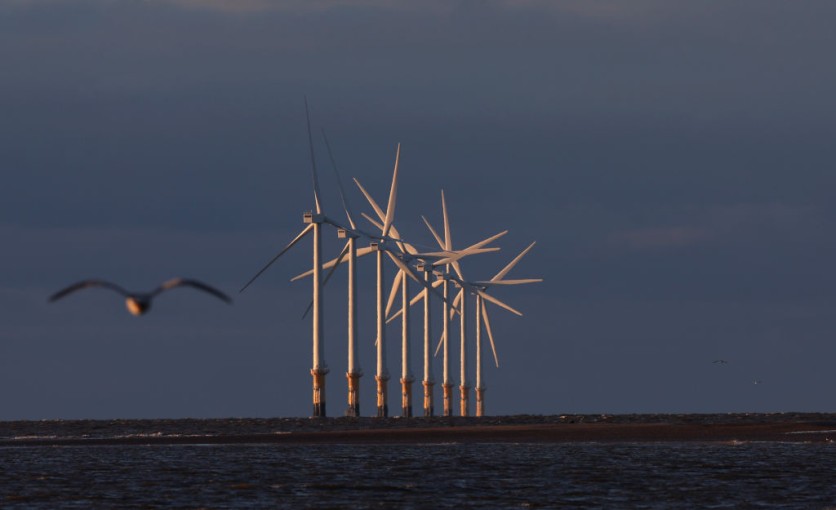The US Energy Department has announced a new strategy to significantly expand offshore wind energy as part of its efforts to combat climate change, according to a report by AP on Wednesday, March 29.

2030 Offshore Wind Energy Goals
The Biden administration's goal is to construct 30 gigawatts of offshore wind energy by 2030, which would be sufficient to power more than 10 million homes.
Additionally, it aims to deploy another 15 gigawatts of floating wind turbines by 2035, which is enough to power 5 million homes. Off the coast of Massachusetts, work is already underway on the nation's first offshore wind project of this scale.
The strategy intends to make use of strong winds to reduce emissions that drive climate change. The DOE's Offshore Wind Energy Strategy outlines a plan to promote offshore wind production in order to meet the 2030 targets.
The proposal was presented at a symposium on offshore wind energy that the Business Network for Offshore Wind convened in Baltimore.
Offshore wind, according to Energy Secretary Jennifer Granholm, will reenergize coastal communities and provide tens of thousands of well-paying union jobs.
The administration wants to support a domestic supply chain for the industry and reduce the price of fixed offshore wind by 30% to $51 per kilowatt hour by 2030.
Additionally, it aims to make the US a global leader in floating offshore wind by 2035 while bringing down the cost by about 70% to $45 per megawatt hour.
Furthering technologies that use offshore wind to produce hydrogen and renewable fuels, the government is looking into ways to integrate significant volumes of wind energy into the US power system.
The DOE collaborates with the industry on technology demonstrations, offshore wind research, and clean energy project finance in order to meet these objectives.
Read Also : The Tallest Wind Turbine Installation Ship On Its Way to Help Build the World's Biggest Wind Farm
Advancing Offshore Wind in the US
Jocelyn Brown-Saracino, the department's offshore wind energy lead, said that the department is bringing people together to solve offshore wind issues.
"Our hope is that this outlines a really powerful contribution to advancing offshore wind in the United States," she said in a statement quoted by AP.
The strategy to expand offshore wind energy has garnered widespread support from environmentalists and clean energy advocates. They believe that the expansion of offshore wind energy can help the US transition to a clean energy economy and reduce greenhouse gas emissions.
However, some critics have raised concerns about the potential impact of offshore wind turbines on marine life, as well as the visual impact on coastal communities.
Overall, the expansion of offshore wind energy is seen as a crucial step in the fight against climate change. By harnessing the power of wind, the US may reduce its dependence on fossil fuels and move towards a cleaner, more sustainable energy future.
Related Article : One of the World's Biggest Offshore Wind Turbines Breaks Records in Renewable Energy Production

![Apple Watch Series 10 [GPS 42mm]](https://d.techtimes.com/en/full/453899/apple-watch-series-10-gps-42mm.jpg?w=184&h=103&f=9fb3c2ea2db928c663d1d2eadbcb3e52)



